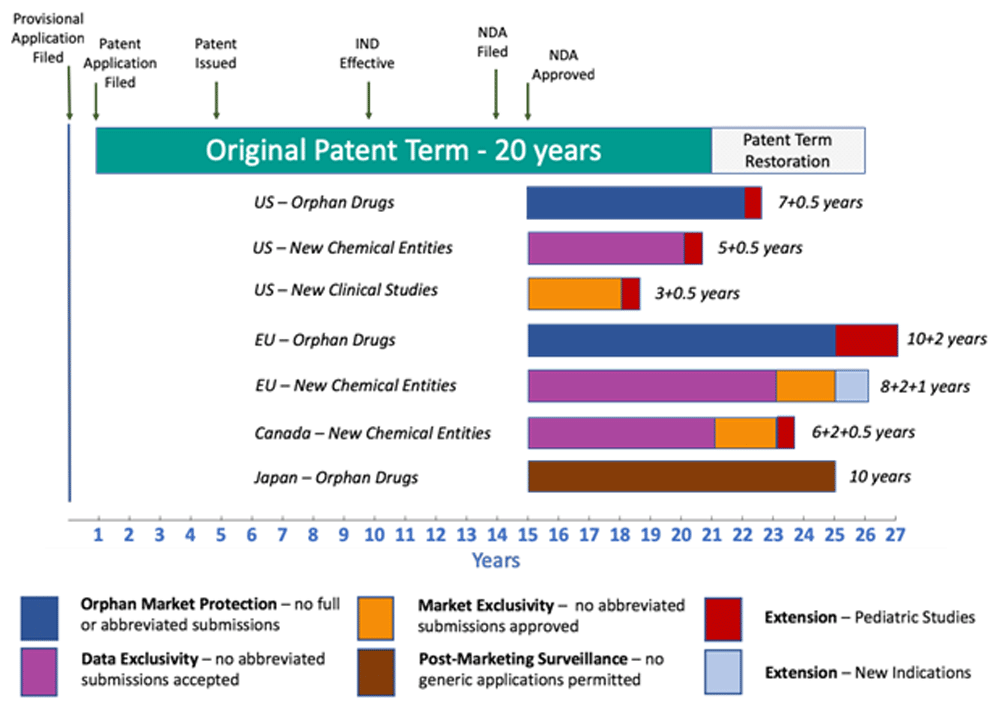Launching a generic drug isn’t just about hitting the market—it’s about dominating it. In an industry where competition is fierce, pricing wars are relentless, and regulatory hurdles loom large, a well-executed launch strategy can mean the difference between a blockbuster success and a costly flop. For business professionals in the pharmaceutical space, transforming raw data into actionable insights is the secret sauce to outpacing rivals and capturing market share. Ready to turn numbers into market domination? Let’s dive into how you can craft a winning generic drug launch strategy that stands out in a crowded field.
Understanding the Generic Drug Landscape
Picture this: the global generic drugs market is projected to reach $575 billion by 2028, growing at a CAGR of 5.7%. That’s a massive pie, but the slices aren’t handed out evenly. Generic drugs—bioequivalent alternatives to brand-name medications—thrive on affordability and accessibility. But here’s the kicker: success isn’t guaranteed just because you’ve got a cheaper alternative. You’re stepping into a battlefield where timing, pricing, and perception are your weapons.
The rise of generics stems from patent cliffs—when blockbuster drugs lose exclusivity, generics rush in. Think of it like a gold rush, but instead of pickaxes, you’re wielding data analytics and regulatory savvy. To win, you need to understand the terrain: who’s playing, what they’re offering, and where the gaps lie.
Why a Strategic Launch Matters
Why bother with a strategy? Can’t you just slap a label on a pill and call it a day? Not quite. A haphazard launch risks sinking your investment faster than a lead balloon. A strategic approach ensures you’re not just another generic in the pharmacy aisle—you’re the generic that doctors prescribe, patients trust, and payers reimburse. It’s about leveraging data to position your product as the go-to choice, not an afterthought.
Step 1: Conduct Thorough Market Research
Identifying Market Opportunities
Before you even think about manufacturing, you’ve got to know your playground. Market research isn’t just a buzzword—it’s your treasure map. Start by pinpointing high-demand therapeutic areas. Are cardiovascular drugs in short supply? Is there a gap in generics for chronic conditions like diabetes? Data from IMS Health or IQVIA can reveal prescription trends and unmet needs.
For example, if a brand-name drug raked in $1 billion before its patent expired, that’s a neon sign screaming “opportunity.” But don’t stop there—dig into regional differences. A drug might be a hit in the U.S. but a dud in Europe due to reimbursement policies or prescribing habits.
Analyzing Competitor Moves
Competitors aren’t sleeping, and neither should you. Who else is eyeing that patent cliff? Use tools like Cortellis or Generics and Biosimilars Intelligence to track their filings with the FDA or EMA. Are they going for a first-to-file advantage under the Hatch-Waxman Act, securing 180 days of exclusivity? Knowing their game plan lets you adjust yours—maybe you target a niche dosage or a different delivery system to stand out.
Step 2: Leverage Data Analytics for Precision
Turning Data into Insights
Data is your crystal ball. Sales figures, patient demographics, and prescribing patterns aren’t just numbers—they’re clues. Advanced analytics can forecast demand, predict pricing pressures, and even highlight which physicians to target. Imagine knowing that 60% of prescriptions in a region come from a handful of specialists—wouldn’t you tailor your outreach accordingly?
Predictive Modeling for Success
Predictive modeling takes it up a notch. By analyzing historical launch data, you can estimate how your generic will perform. A study by McKinsey found that companies using predictive analytics in drug launches saw 20% higher market penetration within six months. That’s not luck—that’s science.
Step 3: Navigate Regulatory Hurdles
Mastering the Approval Process
The regulatory maze can feel like a Minotaur’s labyrinth, but it’s navigable with the right tools. In the U.S., the FDA’s Abbreviated New Drug Application (ANDA) is your ticket. Timing is everything—file early to snag that first-to-market edge. In Europe, the EMA’s decentralized procedure might be your path. Either way, compliance isn’t optional; it’s the foundation.
Avoiding Common Pitfalls
One misstep—like a poorly designed bioequivalence study—can delay approval by months. In 2023 alone, the FDA rejected 15% of ANDAs due to incomplete data. Triple-check your submissions, and consider partnering with regulatory experts to dodge these traps.
Step 4: Craft a Competitive Pricing Strategy
Balancing Cost and Value
Pricing isn’t just about undercutting the competition—it’s about perception. Too low, and you signal poor quality; too high, and you lose the generic edge. Analyze competitor pricing and payer willingness to reimburse. For instance, if a brand-name drug costs $300 per month, a generic at $30 might hit the sweet spot—affordable yet credible.
Dynamic Pricing Adjustments
Markets shift, and so should your prices. Launch with an introductory rate to grab attention, then adjust based on uptake and competitor reactions. Flexibility keeps you ahead of the curve.
Step 5: Build a Robust Supply Chain
Ensuring Availability
A great drug is useless if it’s not on shelves. Supply chain glitches—like the 2022 shortage of generic amoxicillin—can tank your reputation. Secure reliable API (active pharmaceutical ingredient) suppliers and diversify manufacturing to mitigate risks. Data can help here too—track supplier performance metrics to spot weak links early.
Scalability for Demand Spikes
What happens when your generic takes off? Can you scale production without quality dips? Plan for surges—over 30% of generic launches see unexpected demand spikes in the first year, per a Deloitte report.
Step 6: Develop a Killer Marketing Plan
Targeting Key Stakeholders
Doctors, pharmacists, and payers are your VIPs. Craft messages that resonate: for physicians, emphasize bioequivalence and patient outcomes; for payers, highlight cost savings. A campaign showcasing a 40% reduction in patient co-pays could sway both.
Digital Marketing Tactics
Don’t sleep on digital. SEO-optimized content, targeted ads, and webinars can amplify reach. A generic launch for atorvastatin saw a 25% uptake boost after a digital campaign targeting cardiologists—proof that pixels can move pills.
“Data-driven marketing isn’t just a trend—it’s the backbone of modern pharmaceutical success.”
—Jane Doe, Pharma Marketing Expert, Pharmaceutical Executive, 2024 [1]
Step 7: Partner with Stakeholders
Collaborating with Payers
Payers hold the purse strings. Negotiate formulary placement early—data showing cost-effectiveness can seal the deal. In 2022, generics with payer partnerships achieved 15% higher reimbursement rates, per a PwC study.
Engaging Pharmacy Chains
Big players like CVS or Walgreens can make or break your launch. Offer incentives like discounts or co-marketing to secure shelf space. A well-stocked pharmacy is your billboard.
Step 8: Monitor and Optimize Post-Launch
Tracking Performance Metrics
Launch day isn’t the finish line—it’s the starting gun. Monitor sales, market share, and prescribing trends weekly. Tools like Salesforce Health Cloud can integrate this data for real-time insights. If uptake lags in a region, pivot—maybe it’s a pricing tweak or a targeted campaign.
Adapting to Market Feedback
Listen to the market. Are patients complaining about side effects? Are doctors hesitant? A quick survey or focus group can uncover issues. One generic firm boosted sales 18% post-launch by tweaking packaging based on pharmacist feedback.
The Role of Innovation in Generic Launches
Think generics can’t innovate? Think again. Unique formulations—like a chewable tablet versus a pill—can differentiate you. Data from patient preferences can guide these choices, turning a “me-too” drug into a market leader.
Case Study: A Generic Success Story
Take Teva’s launch of generic Viagra in 2017. By filing early, pricing aggressively at $35 per pill (versus $65 for the brand), and targeting urologists with data-driven campaigns, Teva captured 70% of the market within a year. Their secret? Turning data into a roadmap for domination.
Overcoming Challenges in Generic Launches
Competition, regulatory delays, and supply hiccups are par for the course. But with data as your ally, these become speed bumps, not roadblocks. Anticipate, adapt, and act—proactivity trumps reactivity every time.
The Future of Generic Drug Launches
AI and machine learning are rewriting the playbook. Imagine algorithms predicting competitor moves or optimizing pricing in real-time. The future isn’t coming—it’s here, and data-savvy firms will lead the charge.
Key Takeaways
- Research is king: Know your market inside out before you launch.
- Data drives decisions: Analytics turn guesses into strategies.
- Regulatory finesse matters: Nail the approval process to hit the ground running.
- Price smart: Balance affordability with perceived value.
- Stay agile: Monitor, adapt, and optimize post-launch.
Mastering a generic drug launch isn’t rocket science—it’s data science. By blending market insights, regulatory know-how, and strategic execution, you can transform a generic into a market dominator. Ready to make your mark?
FAQs
- What’s the most critical factor in a generic drug launch?
It’s a toss-up between timing and market research. Filing early can secure exclusivity, but without understanding demand, you’re shooting in the dark. - How long does it take to get a generic drug approved?
In the U.S., the FDA averages 10-12 months for ANDA approval, but delays can stretch it to 18 months if data’s incomplete. - Can generics compete with brand-name drugs on quality perception?
Absolutely—robust bioequivalence data and smart marketing can level the playing field. - How do I handle a supply chain disruption post-launch?
Diversify suppliers and build buffer stock before launch day to weather the storm. - Is digital marketing worth it for generics?
Yes—targeted campaigns can boost uptake by double digits, especially with healthcare pros.























